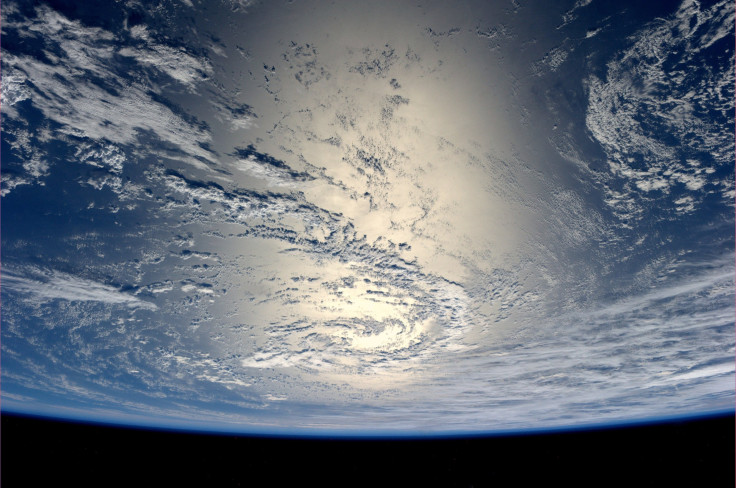Study Suggests 92% Of Planets Capable Of Harboring Earth-Like Life Are Yet To Be Born

The solar system was born nearly 4.6 billion years ago. According to a new theoretical study, only 8 percent of planets with a potential to support life formed in the universe during the formation of the solar system.
Finding an answer to the possibility of formation of new planets, the researchers analyzed the data collected by NASA's Hubble Space Telescope and Kepler space observatory. Based on their analysis, the scientists speculate that more than a billion Earth-like planets exist in the Milky Way galaxy and many more are yet to be formed.
That means, nearly 92 percent of the universe's planets that can potentially harbor life haven't formed yet.
"Our main motivation was understanding the Earth's place in the context of the rest of the universe," said study author Peter Behroozi of the Space Telescope Science Institute (STScI) in Baltimore, Maryland. "Compared to all the planets that will ever form in the universe, the Earth is actually quite early."
The data furnished by the Hubble Space Telescope over the years show that nearly 10 billion years ago, the universe was making stars and associated planetary systems at a much greater pace than today. However, the fraction of hydrogen and helium used during the formation of new stars was very low.
The researchers believe that there is enough material left in the universe for formation of new planets and stars in the future. The data also revealed that star birth is taking place at a much slower rate now.
The team believes that the new Earth-like planets are likely to appear in giant galaxy systems and dwarf galaxies that are yet to use up their gases for formation of new stars and associated planetary systems.
© Copyright IBTimes 2025. All rights reserved.



















